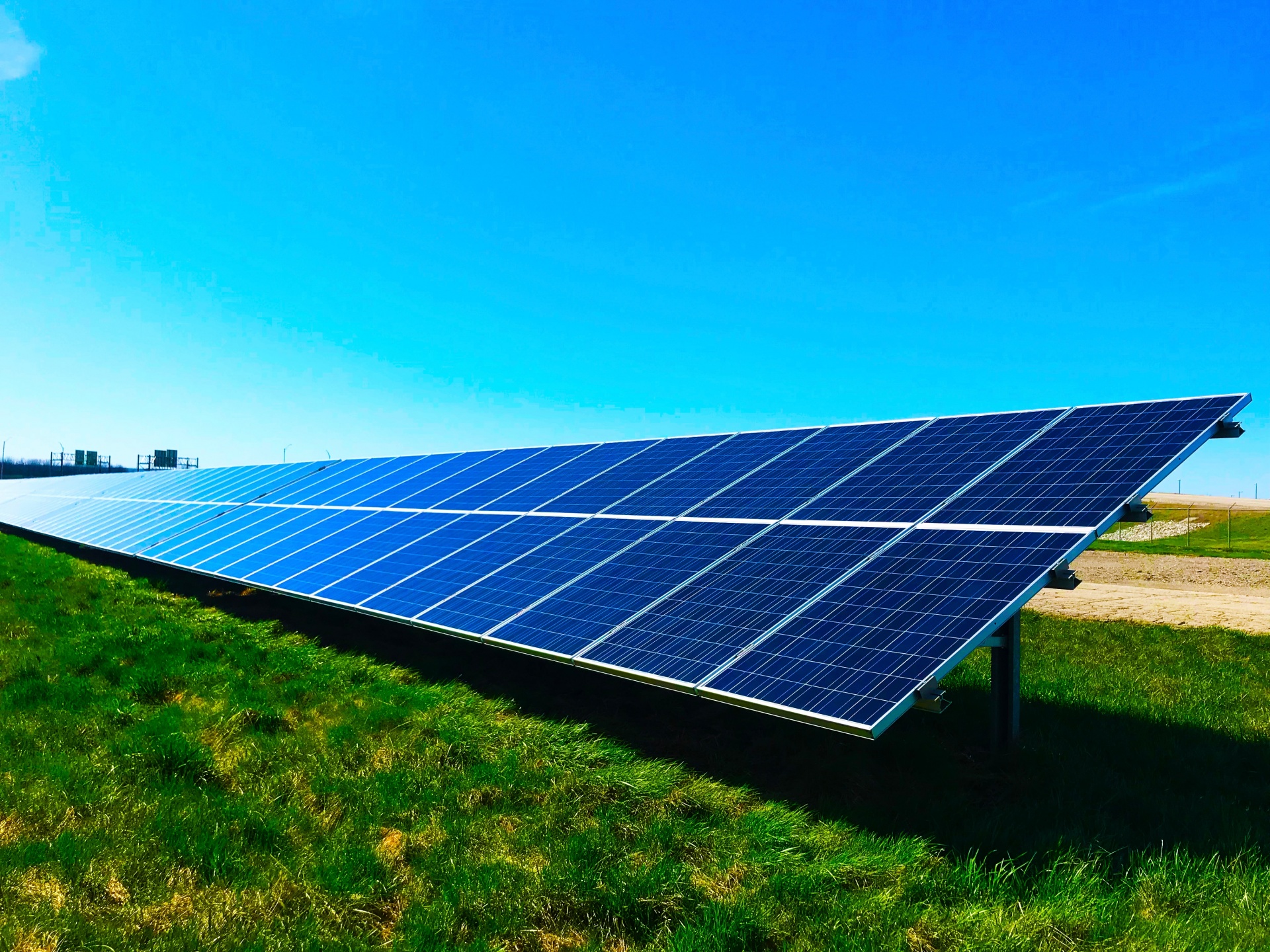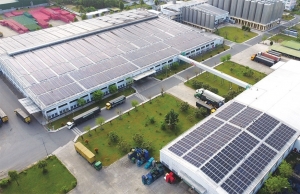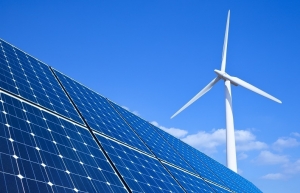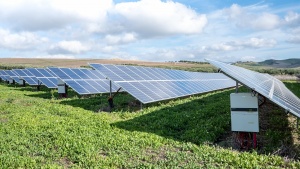14 solar projects under scrutiny for improper FIT gains
 |
In an official document sent to Vietnam Electricity (EVN), the MoIT has elaborated on the conclusions of a governmental inspection carried out on April 28 on the implementation of national electricity development plans 7 and 7.1.
Following the inspection's findings, the MoIT has asked EVN to scrutinise and provide details on the 14 solar projects that are currently, or have in the past, benefitted from the preferential tariff scheme, contrary to the guidelines laid out in Resolution 115.
Moreover, EVN has been directed to review all grid-connected solar and wind projects that have received commercial operation date approvals under the feed-in tariff (FIT) system.
Based on the inspection's conclusions, EVN is expected to thoroughly examine the entire process of these projects, from agreement formations and power purchase agreements to inspection conditions, commercial operation recognitions, and payment procedures.
The key question arising from the situation relates to why these 14 solar projects have been identified as benefiting from the tariff scheme improperly.
The government inspection concluded that even though the beneficiaries of the 9.35 US cents/kilowatt hour rate specified in Resolution 115 should be solar power projects that had approval from the prime minister or were listed in the national power development plan with a total capacity of 2,022MW, the MoIT later advised and expanded the application of the FIT rate to other projects in various power development plans.
Beyond the five projects with a combined capacity of 789MW that rightfully benefit from the FIT, another 14 projects with a total capacity of 964MW were found to be inappropriately granted the preferential FIT rate. These projects include notable names like Hacom Solar, Sinenergy Ninh Thuan 1, and Thuan Nam Duc Long, among others.
This broadened beneficiary criteria led to these 14 projects receiving the preferential rate, causing EVN to pay out an additional $62.49 million by June 30, 2022. The inspection agency identified that the responsibility for this lies squarely with the MoIT.
Adding another layer to the inquiry, for large-scale rooftop solar systems with 1MW of capacity, the MoIT's Inspection Agency has called on EVN to collaborate with provincial power companies to review projects developed on agricultural and forestry lands under the investment model of farms.
The inspection agency has recommended that the MoIT take the lead and coordinate with relevant ministries to find appropriate economic solutions for the 14 solar projects that are allegedly benefiting improperly.
Additionally, there is a call to review the large-scale rooftop solar systems developed on agricultural and forestry lands under the farming investment model, with actions to be taken as per the regulations.
 | SABECO lights path for green change Faced with the impacts of climate change, raising awareness about recycling and prioritising products using renewable energy is one of the key factors in the operation of Saigon Beer-Alcohol-Beverage Corporation. |
 | Energy breakthrough on the cards A green economic partnership, particularly in the energy sector, between Vietnam and Singapore is being pushed to help actualise an agreement between the two governments. |
 | Vietnam fuels renewable energy shift Vietnam's Ministry of Industry and Trade has put forth innovative measures for direct electricity purchases, bypassing conventional channels and potentially accelerating the country's transition to renewable energy sources. |
What the stars mean:
★ Poor ★ ★ Promising ★★★ Good ★★★★ Very good ★★★★★ Exceptional
Related Contents
Latest News
More News
- Schaeffler reports strong early output from Dong Nai solar project (December 12, 2025 | 15:16)
- Forestry conference highlights biodiversity and sustainability goals (December 09, 2025 | 13:35)
- Home Credit honoured among top 10 sustainable companies in trade and services (December 09, 2025 | 12:18)
- SCG and seven member companies honoured in Top 100 Sustainable Businesses 2025 (December 08, 2025 | 09:00)
- Nestlé Vietnam pioneers sustainable development and promotes business connections (December 06, 2025 | 12:09)
- CSI 2025 highlights rise of Vietnam’s green champions (December 06, 2025 | 09:00)
- Acecook Vietnam named among top 100 sustainable businesses (December 06, 2025 | 08:00)
- Vietnam’s forest carbon credits draw global interest (December 05, 2025 | 17:41)
- Coro Energy to launch BESS Pilot in Vietnam (December 04, 2025 | 15:12)
- Vietnam strengthens energy storage pathway (December 04, 2025 | 15:05)

 Tag:
Tag:






















 Mobile Version
Mobile Version